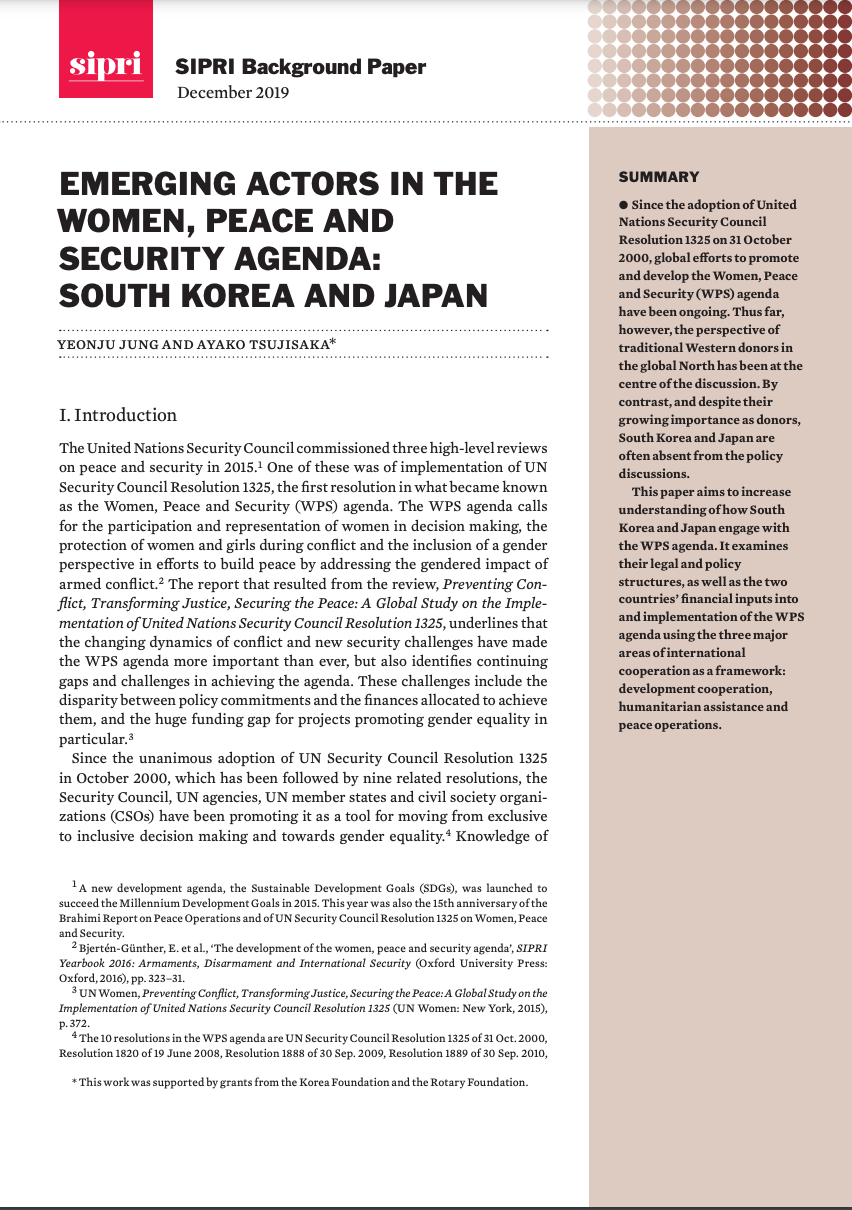Anti-vehicle mines risk sliding off UN agenda despite increasing humanitarian impact: The case of Mali

Anti-vehicle mines (AVMs), unlike anti-personnel mines (APMs), are designed to be detonated by the presence, contact or proximity of a vehicle rather than a person stepping on them. While APMs are banned under the Mine Ban Treaty signed in 1997, the use of AVMs is not outlawed and is only regulated through a handful of technical restrictions. While many states still consider AVMs legitimate and appreciate them for their military value, they remain an inherently indiscriminate weapon and civilians are the ones who suffer the most from this weapon.
Since 2001, state discussions on AVMs under the UN Convention on Certain Conventional Weapons (CCW) have stalled and the topic risks being completely dropped. The informal consultations that were held throughout this year have concluded that divergence of views on how to address AVMs in the CCW framework persists. This article aims to illustrate the impact of AVMs and the importance of continued state consideration with a case study on Mali where an increase in AVM impact has been observed.





